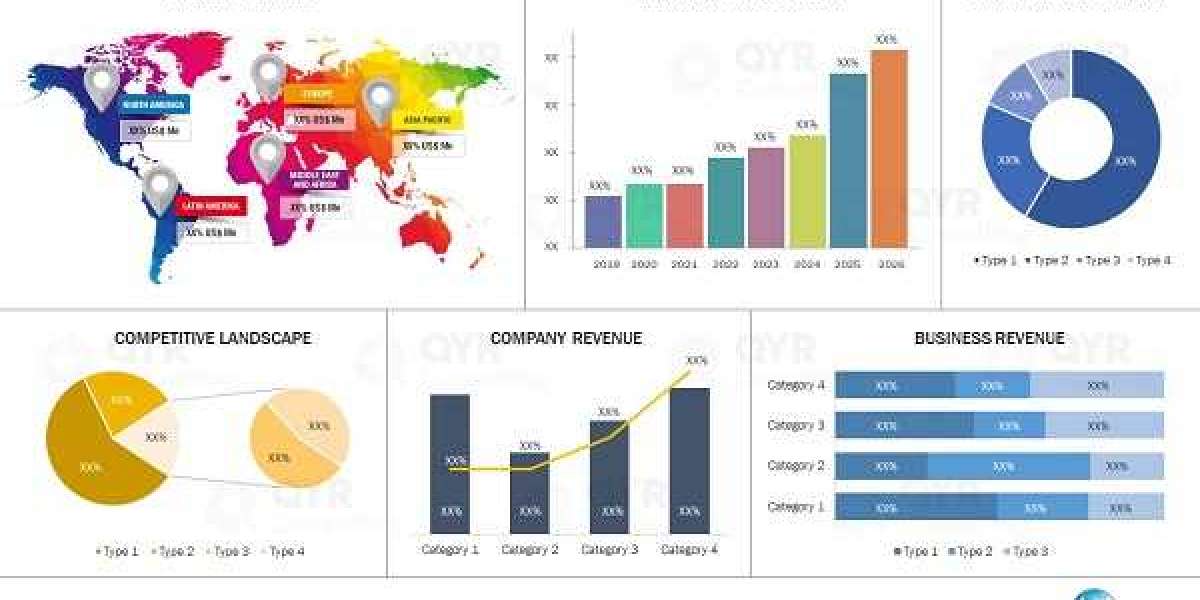When it comes to roofing, most homeowners feel they have to choose between one style or material. But what if you didn’t have to? Metal roofing and tile roofing can be strategically combined to enhance both the performance and appearance of your home.
Many modern properties now blend these two distinct roofing materials—metal for functionality and tile roofing for aesthetic appeal. Whether you're building a new home or updating an older one, using both types can give you the best of both worlds.
The Advantages of Metal Roofing
Metal roofing is known for its durability and performance. It's lightweight, energy-efficient, and can last 40–70 years with minimal maintenance. In areas prone to storms or snow, metal roofing offers:
- Superior water resistance
- Quick snow shedding
- Fire resistance
- Low maintenance
Metal roofs are also environmentally friendly, often made from recycled materials and fully recyclable at the end of their lifespan.
Why Homeowners Still Love Tile Roofing
Tile roofing, on the other hand, has a classic, timeless beauty—perfect for Mediterranean, Spanish, or even Southwestern architecture. While heavier than metal, tile offers excellent insulation, long life (up to 100 years), and resistance to pests and rot.
Tiles come in a variety of styles: clay, concrete, or even composite materials designed to replicate traditional clay with less weight. They're ideal for areas with high sun exposure since they naturally reflect heat and resist fading.
Combining Metal and Tile Roofing: A Functional Fusion
So how do you incorporate both? Typically, homeowners and designers combine metal roofing and tile roofing in sections:
- Metal panels are often used for low-slope or hard-to-drain areas like porches, extensions, or dormers.
- Tiles are installed on the primary sloped roof areas for visual impact and insulation.
This hybrid approach is not just visually striking but functionally smart. Metal handles water runoff and problem areas efficiently, while tile maintains the aesthetic charm that many homeowners want.
Architectural Balance and Curb Appeal
Combining materials is also a great way to create contrast and depth in your exterior design. The smooth lines of metal roofs next to textured tile surfaces can modernize the overall look of your home. It gives you design flexibility without compromising durability.
Whether you're dealing with split-level homes, extensions, or new builds, this method can enhance roofline variety and create a stunning architectural feature that turns heads.
Installation and Structural Considerations
Keep in mind, tile is much heavier than metal. Before combining both, a structural assessment is necessary to ensure your home can support the weight of tile in designated sections. Additionally:
- Transitions between metal and tile should be properly sealed
- Use compatible flashing and underlayment systems
- Hire contractors with experience working on mixed-material roofs
Proper installation is the key to maximizing longevity and weather resistance.
Long-Term Cost Efficiency
While both metal and tile roofs come with a higher upfront cost than asphalt shingles, they offer unmatched longevity and minimal maintenance. Over decades, that can mean:
- Lower repair costs
- Reduced cooling expenses
- Better resale value
Combining these materials lets you optimize costs—placing more expensive tile where it’s most visible and using cost-effective metal in less prominent areas.
Conclusion
Choosing between metal roofing and tile roofing doesn’t have to be an either-or decision. With proper planning and expert installation, combining both can offer you a roof that performs exceptionally well and looks absolutely stunning. It’s a creative, durable, and energy-efficient solution that’s gaining popularity for good reason.
FAQs
- Can metal and tile roofing be used on the same house?
Yes, they can be combined to optimize both function and aesthetics, especially on multi-level or complex rooflines. - Is it expensive to use both roofing types?
It can cost more upfront, but the durability and low maintenance of both materials often reduce long-term costs. - Will the different materials clash visually?
Not at all—if chosen carefully, metal and tile can complement each other and boost curb appeal. - Do they require different maintenance routines?
Tile needs periodic checks for cracks or displacement, while metal requires minimal maintenance, mostly debris removal. - Who should install a mixed-material roof?
Only experienced roofing professionals who have worked with both materials should handle installation to ensure longevity and proper sealing.










